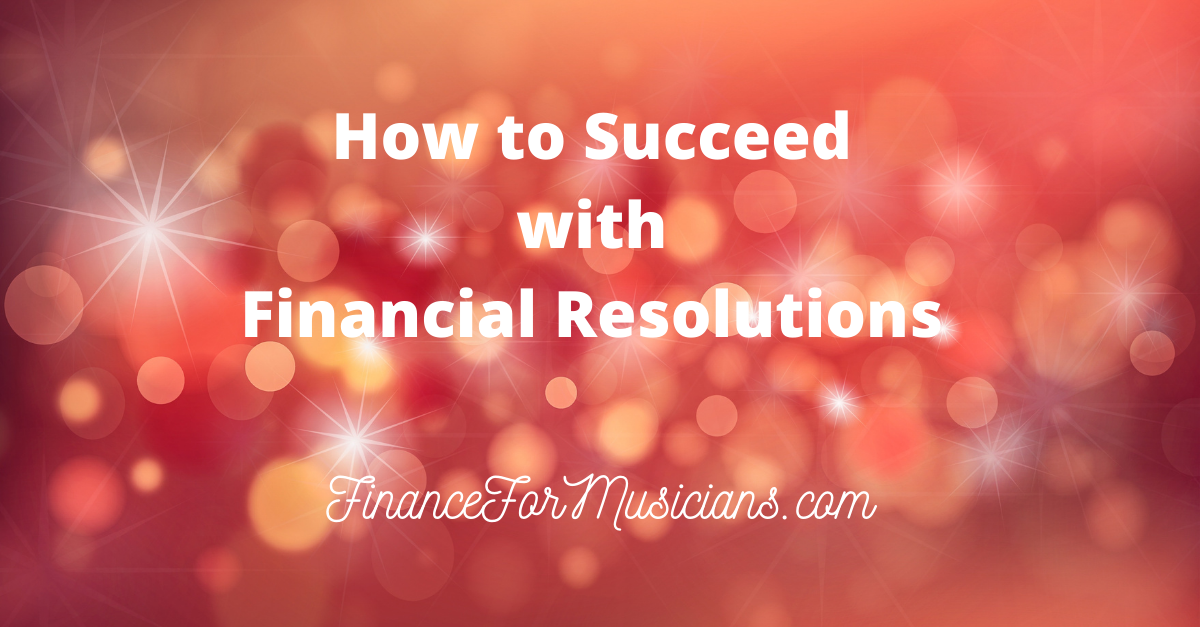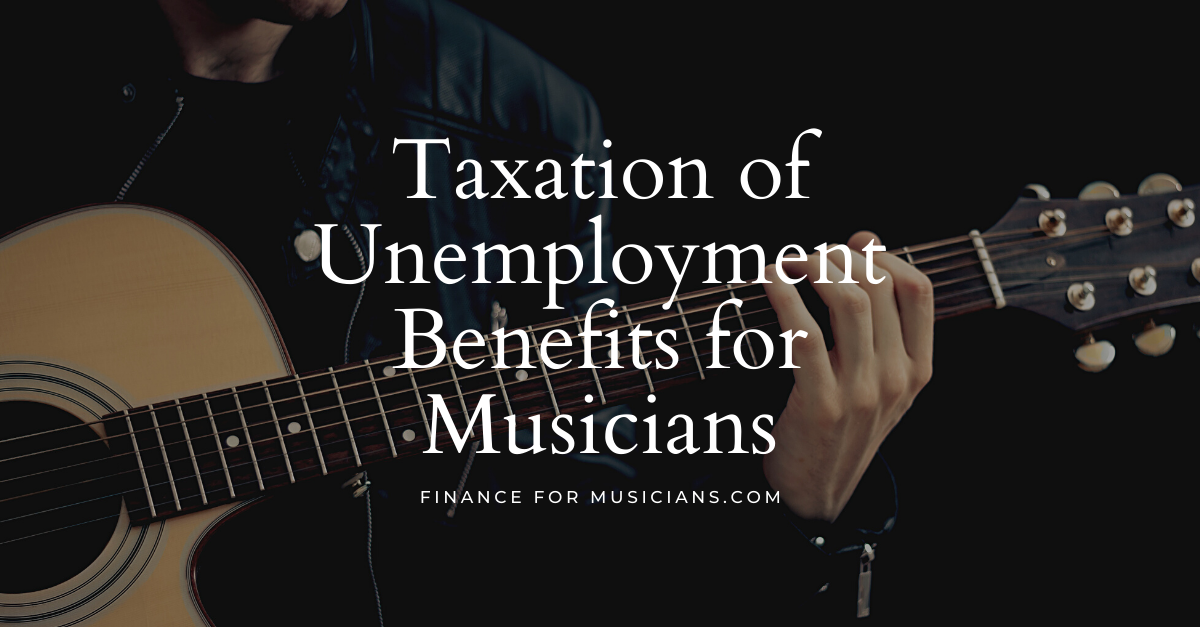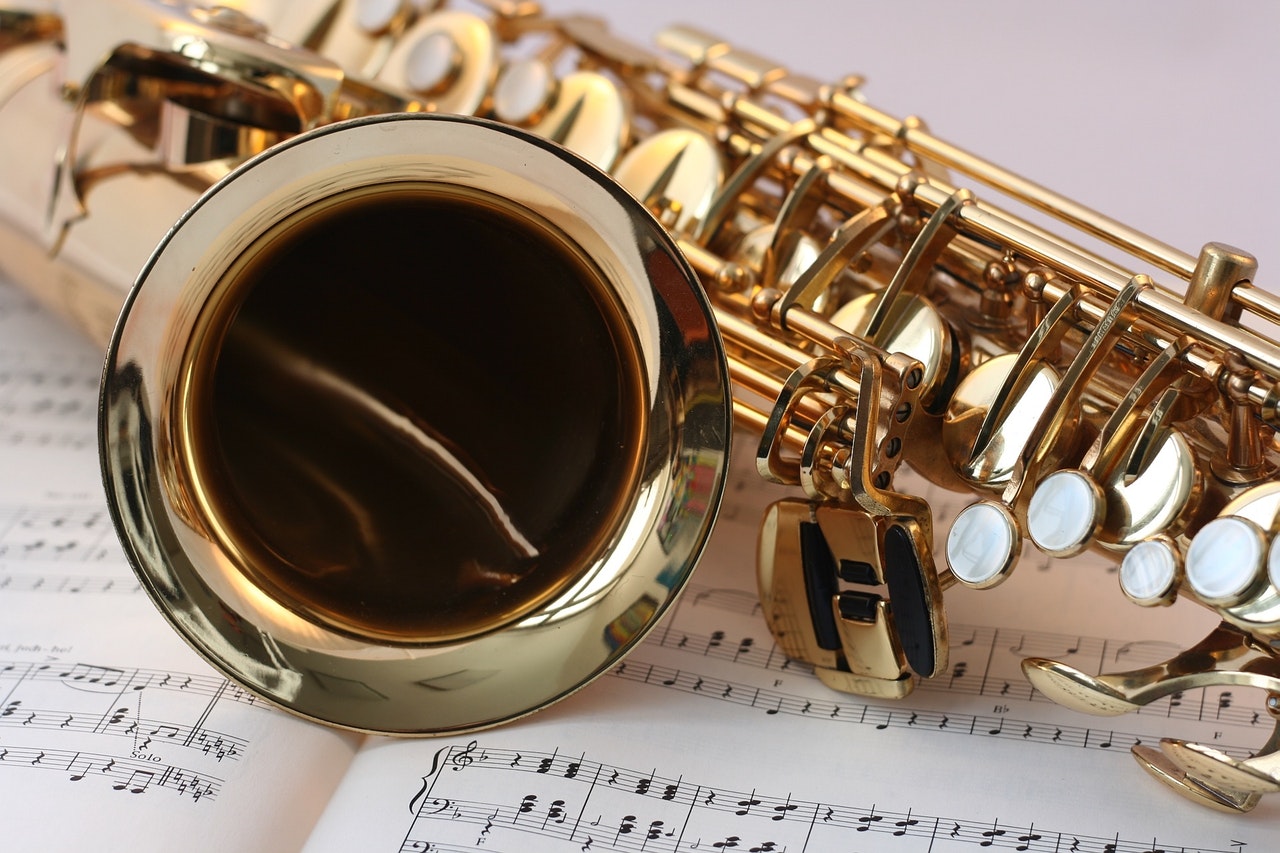Mindblown: a blog about philosophy.
-

How to Succeed with Financial Resolutions
If you want to succeed with your Financial New Year’s Resolutions, you need more than just a Goal. Focus on the actions required to accomplish your goal. If your goal is to have $1 million in your 401(k) at retirement, what action does that require? At an 8% return, that works out to $1,100 a…
-

Matching Grant Program 2021
Each year, we donate 10% of our pre-tax profit to Charity. Besides donating to non-profits of my choosing, I will match client donations up to $200 to a charity you support. It could be an Arts organization, university, museum, church, social welfare organization, animal shelter, or any other 501(c)3 organization! To participate in our Matching…
-

Taxation of Unemployment Benefits for Musicians
On March 11, the President signed the American Rescue Plan Act (ARPA), which changed the taxation of unemployment benefits. Many musicians received unemployment benefits in 2020 due to Coronavirus shutdowns. Unemployment benefits have always taxable income, however, ARPA will allow you to exclude up to $10,200 of benefits from your 2020 income. Musicians can qualify…
-

Deducting Concert Clothes
Can professional musicians deduct the purchase of required concert clothes? Yes, but you need to meet the IRS requirements for “uniforms” for the expense to be allowable. The IRS has a two-part test for deducting concert clothes. You are required to wear the clothes as a condition of your job. The clothes are not suitable…
-

The Musician’s Guide to Mileage, Part 1
The mileage deduction for musicians is one of our best tax breaks and biggest headaches! When can you deduct your driving expenses as a musician? Between travelling to rehearsals, concerts, or lessons, you probably spend a fair amount of time in your car. It is a legitimate, and often significant, business expense for the professional…
-

SBA Loans for Musicians
With COVID-19 cancelling concerts everywhere, it’s helpful to know your options for SBA Loans for Musicians. If you missed the June 30 deadline for the Paycheck Protection Program (PPP), it has just been extended until August 8. We previously wrote about the PPP here. The SBA still has $130 Billion available for PPP loans. Those…
-

Paycheck Protection Program for Musicians
Here’s information on the Paycheck Protection Program for musicians (PPP): what it is, who is eligible, how to apply. As part of the $2 Trillion Coronavirus Stimulus Package, $349 Billion will fund loans to small businesses. These loans are designed to keep employees on the payroll and off unemployment. The loans are forgivable. The government…
-

Unemployment Benefits for Musicians
With the Coronavirus causing cancellations of concerts, schools, church services, and other gigs, many of you are wondering about unemployment benefits for musicians. Are you eligible? Unemployment insurance is provided at the state level and each state has its own eligibility, rules, and application process. To find the link for your own state, visit the…
-

Disability and The Musicians’ Pension
Are you no longer performing due to injury or disability? If you are a participant in the Union Pension, the AFM-EPF, you should know about the plan’s disability benefits. The reason why a disability pension is more desirable than a retirement benefit today is that under the ERISA rules, the pension cannot reduce payments for…
Got any book recommendations?








